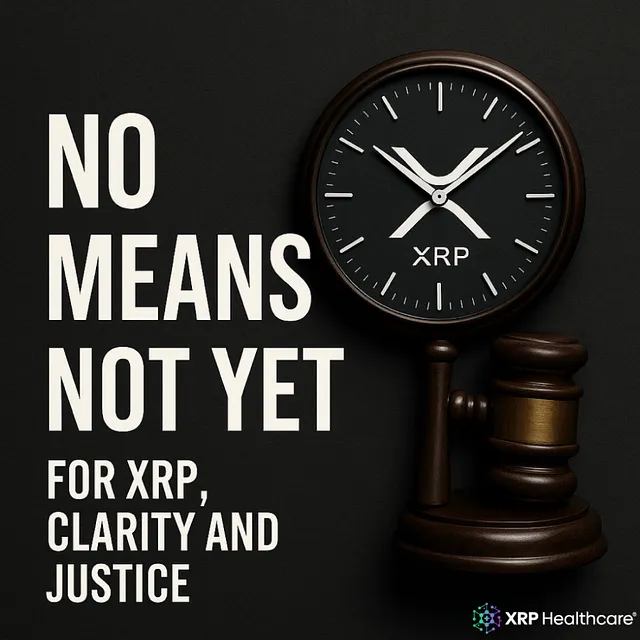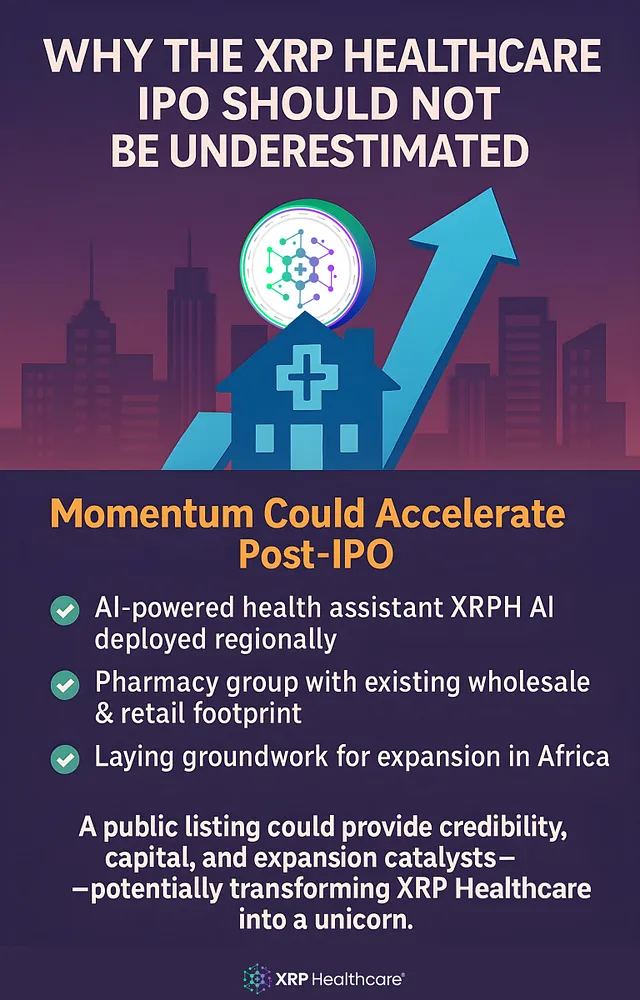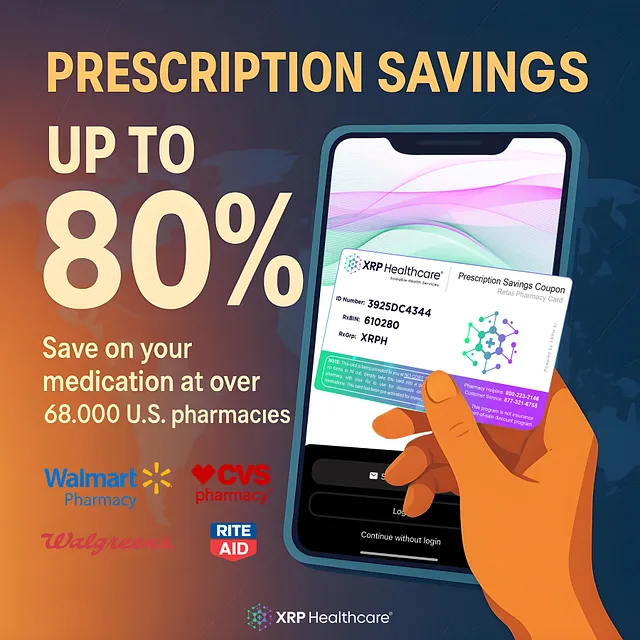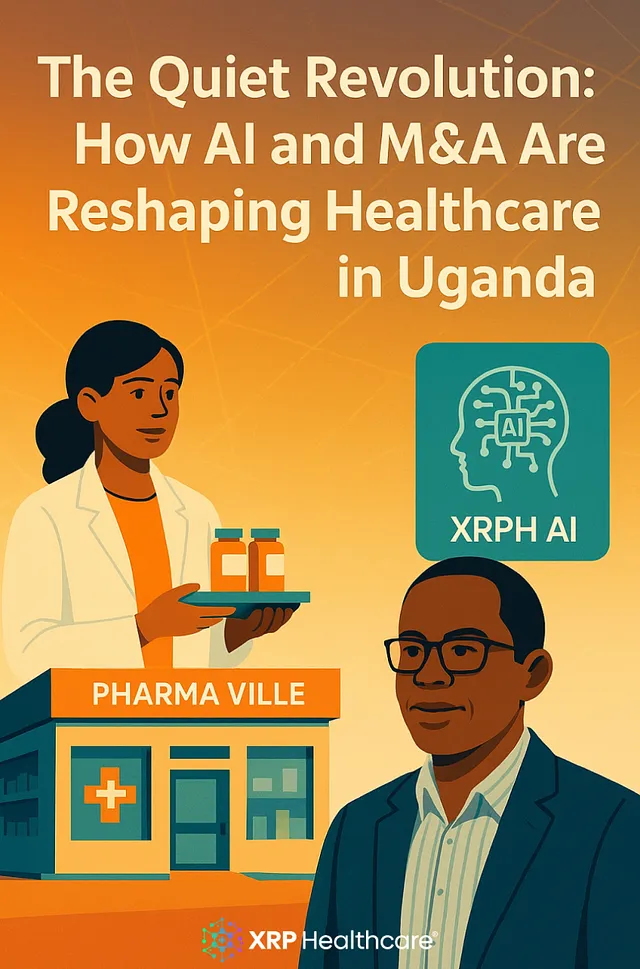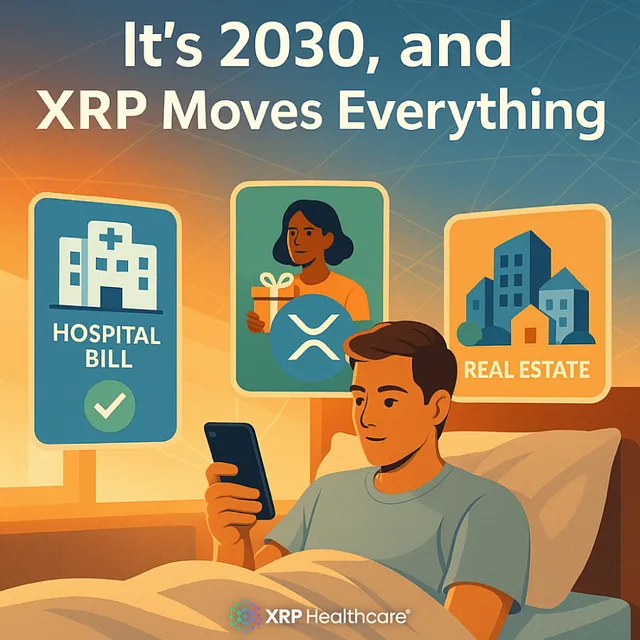June 26, 2025 – A day that sent ripples through the crypto world.
A U.S. federal judge declined Ripple’s proposed $50 million settlement with the SEC — a move that sparked anxiety across markets and polarized opinions in the media.
But beneath the noise lies a bold truth:
This wasn’t a setback. It was a strategic inflection point — for Ripple, for XRP, and for the digital asset industry as a whole.
The Door That Didn’t Close — and Why That Matters
Ripple hoped to end its long-standing legal entanglement with the SEC by cutting a $50M check and moving on. Simple. Clean.
But the judge had other plans.
Instead of signing off, she demanded more. More clarity. More legal definition. More transparency. She refused to rubber-stamp closure — and in doing so, she left the door open to something greater:
A ruling that doesn’t just end a case, but sets a precedent.
This decision could carve out a blueprint for future digital asset regulation, benefiting not just Ripple — but every crypto innovator building in the U.S.
Why This “Rejection” Is Actually a Win
Far from a loss, this moment signals a pivot toward deeper clarity:
✔ Public trading of XRP remains fully legal.
✔ The question of institutional sales now demands sharper legal boundaries.
✔ The broader industry gets another chance to anchor fair, lasting standards.
It’s no longer just about Ripple. It’s about the framework that defines crypto’s place in the future of finance.
Ripple’s Strength Is Only Growing
Let’s be clear: Ripple is not a company in crisis — it’s a global enterprise poised for scale.
-
It holds deep cash reserves and high-level regulatory relationships.
-
Its partnerships span over 70 countries, with live payment corridors, tokenization platforms, and custody services already operating.
-
Ripple’s Metaco acquisition gives it secure, institutional-grade infrastructure few can match.
And XRP itself? It’s not waiting on headlines to prove its worth.
-
It’s powering tokenized green bonds, real estate, CBDC liquidity, and remittances on a global scale.
-
It’s used in real-world projects from Colombia’s land registry to Dubai’s property platforms.
The engine is running — with or without the courtroom drama.
XRPL Projects Like XRP Healthcare Just Got a Boost
This ruling also sends a message of longevity and credibility to builders on the XRP Ledger.
Take XRP Healthcare (XRPH):
-
Its token is accepted in clinics across borders.
-
Its AI assistant is providing triage and medication help in underserved regions.
-
It’s actively expanding, with sights on public listings and global rollout.
Legal clarity for Ripple means market confidence for XRPL projects. The foundation gets stronger for every team building on it.
What Comes Next?
Markets reacted with a dip. That’s normal.
But zoom out:
-
After Ripple’s July 2023 win? XRP surged nearly 3x.
-
After Coinbase relisted XRP? Global liquidity soared.
-
Every major legal milestone has brought new waves of institutional interest.
This isn’t a collapse — it’s consolidation before a catalyst.
Final Thought: A Strategic “No” for a Better “Yes”
Sometimes the most important breakthroughs come disguised as delays.
This “no” from the judge isn’t the end — it’s the setup for something larger:
A ruling that could finally anchor digital assets within a clear legal structure.
And with that structure comes:
-
Massive U.S. capital inflow
-
Accelerated global adoption
-
Confidence for developers, investors, and institutions alike
Ripple understands this.
XRPL builders feel it.
Soon, the financial world will recognize it too.
So if you’re holding XRP or building on XRPL — don’t lose heart.
This is the pause before the breakout.
The “yes” that matters most is still on the horizon — and it could reshape global finance forever.

